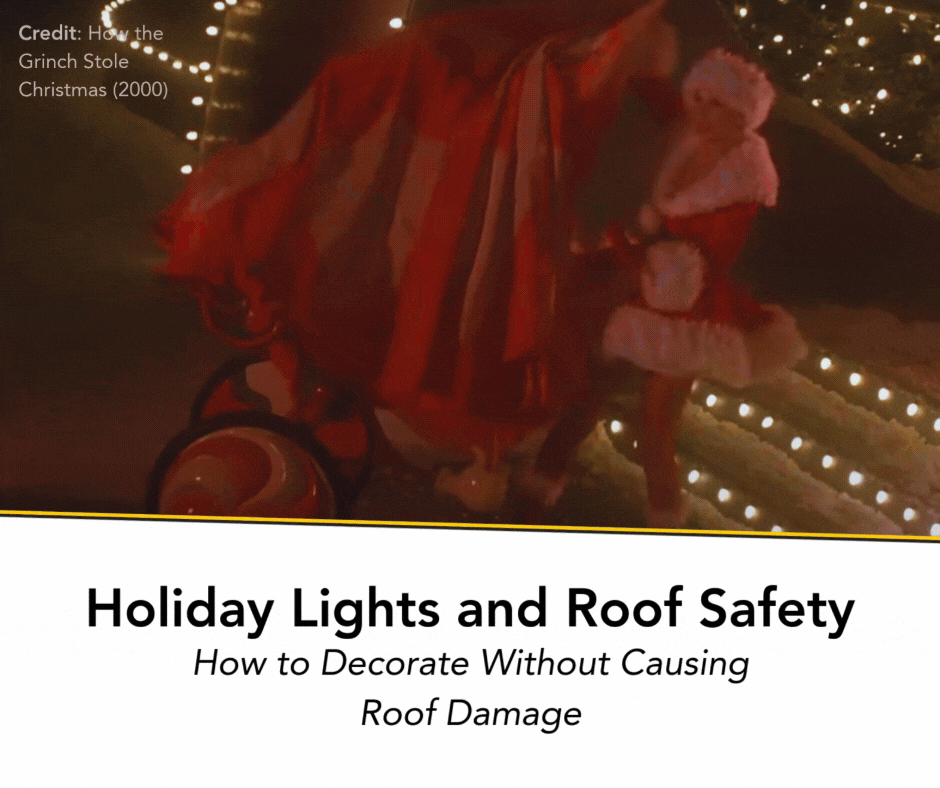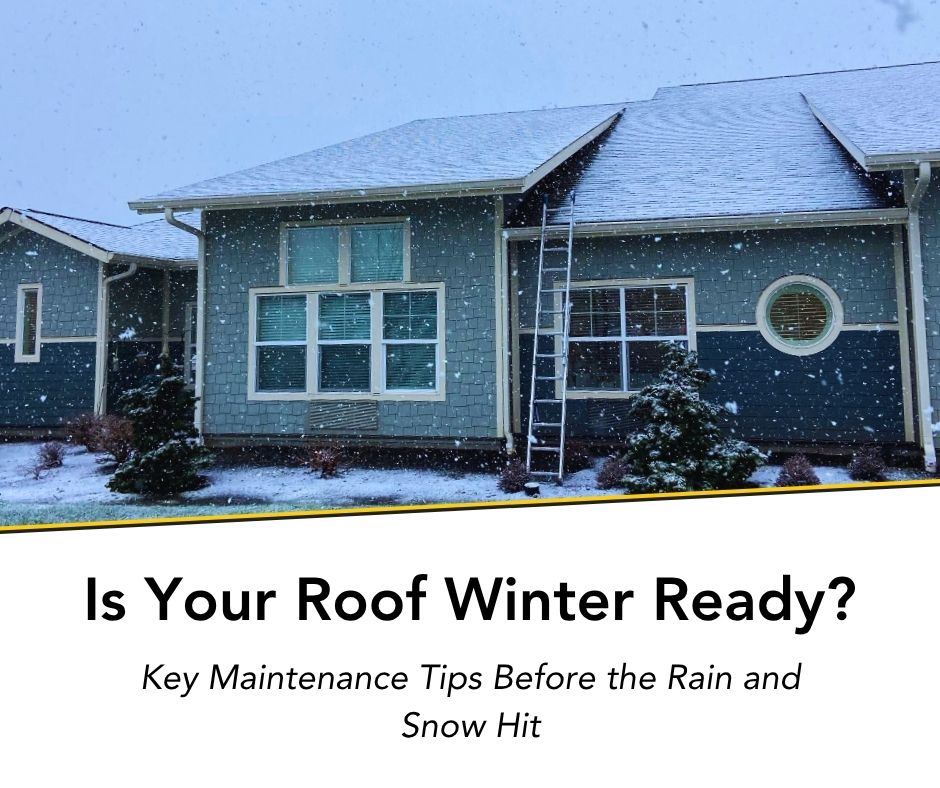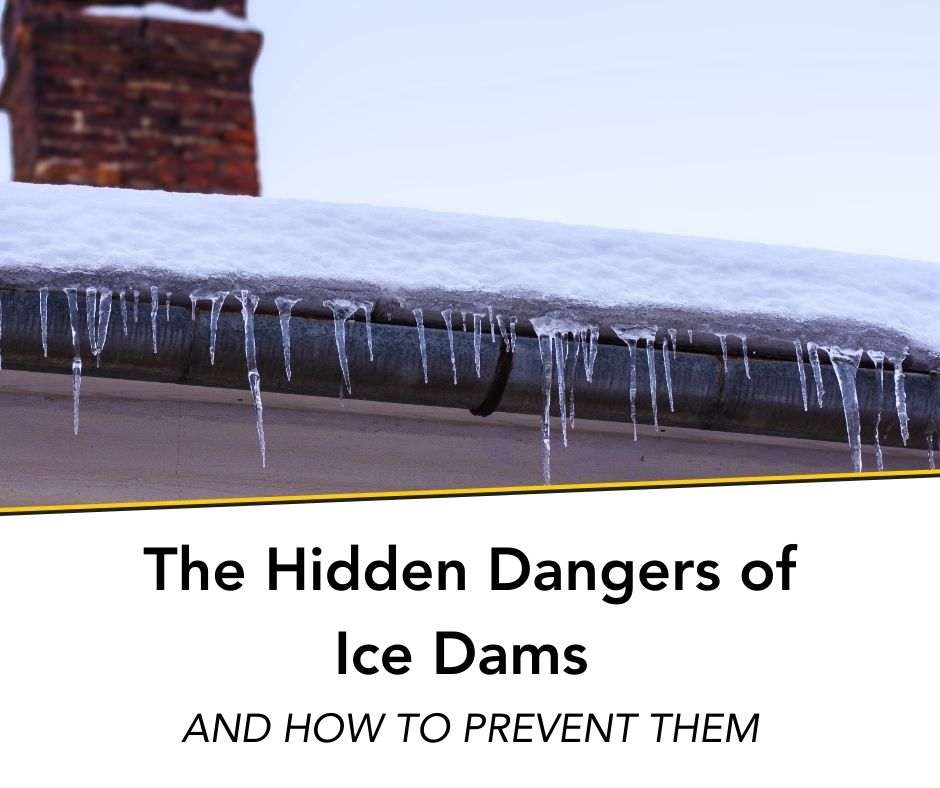
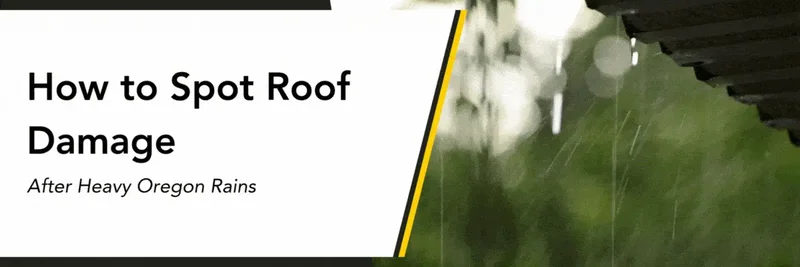
Oregon’s rainy season is no joke. From steady drizzles to pounding downpours, our roofs work overtime to keep homes safe and dry all year round. But even the best roofing systems can show signs of wear after weeks of wet weather or a series of intense storms. Knowing how to spot shingle roof damage early can save you from costly repairs down the road. Here’s what Oregon homeowners should look for after heavy rains.
Often, the first signs of shingle roof damage show up inside the home. After a big storm, take a walk through your house and look for:
Water stains on ceilings or walls – even small spots can point to a leak.
Peeling paint or bubbling drywall – moisture behind the surface is a red flag.
Musty odors in the attic – damp insulation or wood could mean water intrusion.
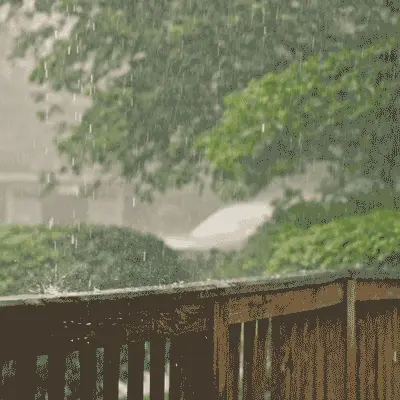
If you see what looks like water bubbles on your ceiling – you have issues and probably need some emergency mitigation and roof tarping.
Catching these signs quickly can prevent mold growth as well as structural damage.
When it’s safe to do so, give your roof a visual inspection from the ground or with binoculars. Key things to watch for:
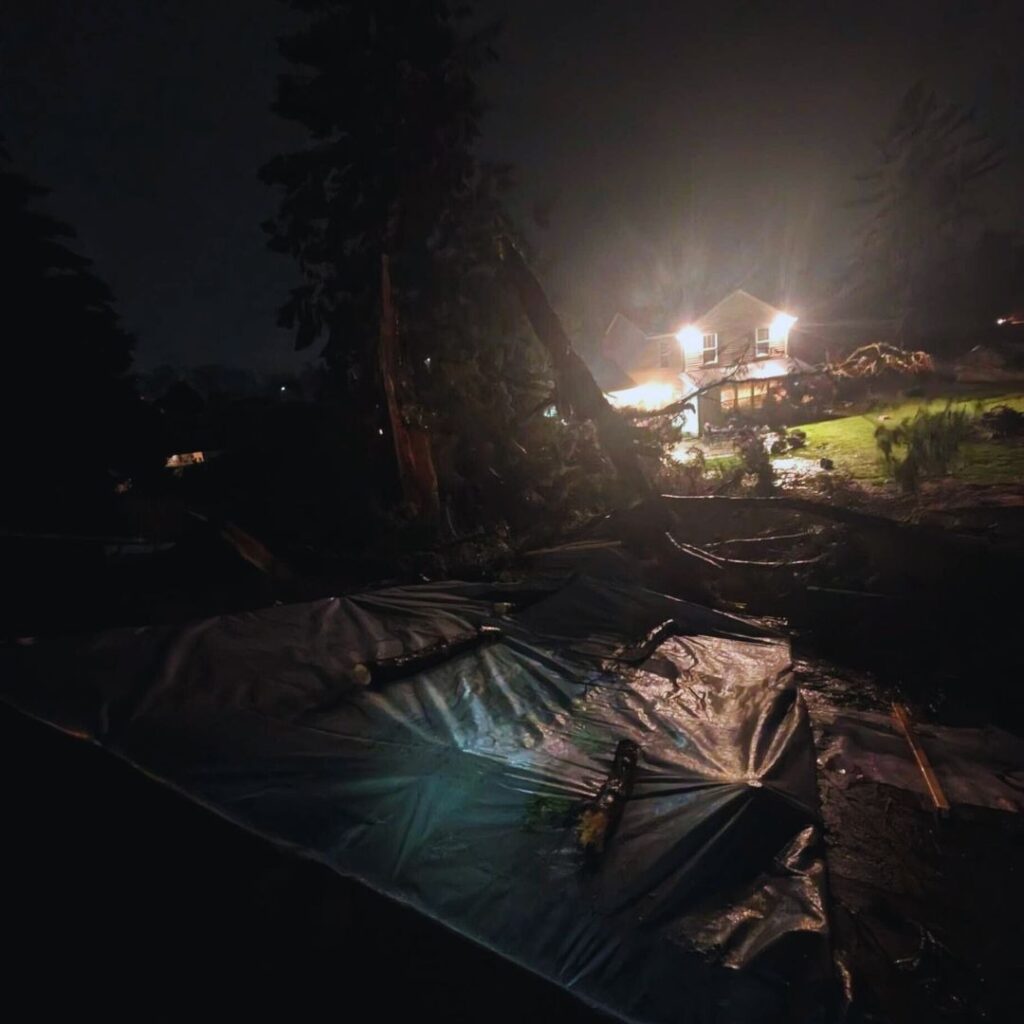
Missing or lifted shingles – heavy rain combined with wind can loosen shingles.
Damaged flashing – pay attention to chimneys, skylights, and roof valleys where leaks are most common.
Clogged gutters or downspouts – standing water can back up under your roofline. Pooling Water = Big Red Flag
Debris buildup – leaves and branches trap moisture and can lead to rot.
If you notice any of these issues, it’s time to call a professional roofer for a closer look.
Your attic is the bridge between roof and home. Grab a flashlight and check for:
The attic often reveals roof problems before they spread further into your home.
In Oregon’s climate, small roofing issues can escalate quickly. A missing shingle or cracked flashing may not seem urgent, but ongoing rain will exploit these weak spots really quickly. Addressing shingle roof damage promptly prevents structural issues, mold growth, and higher repair bills later.
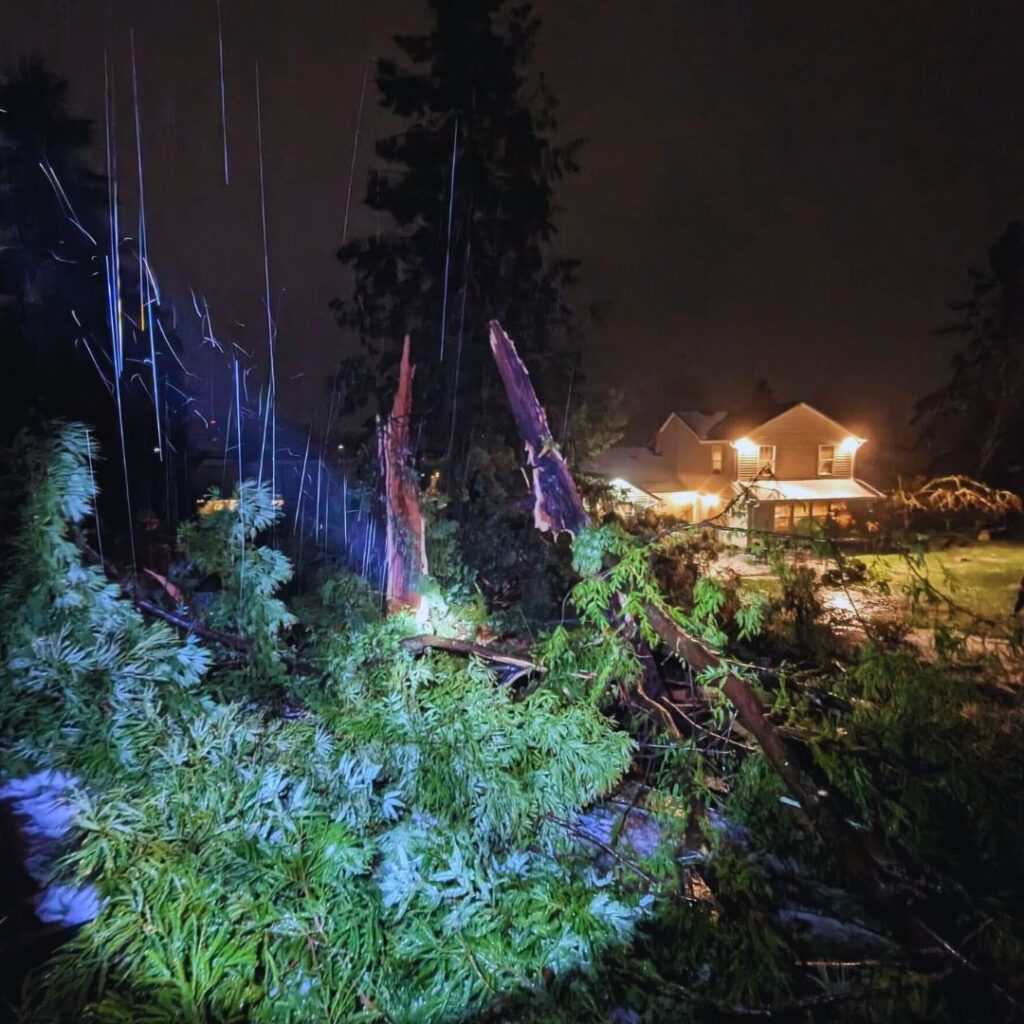
Heavy rains are part of Oregon life, but leaks and roof damage to your home don’t have to be. By checking your home inside and out after storms—and scheduling professional roof inspections each year—you can stay ahead of problems and keep your home protected all season long, year after year.


